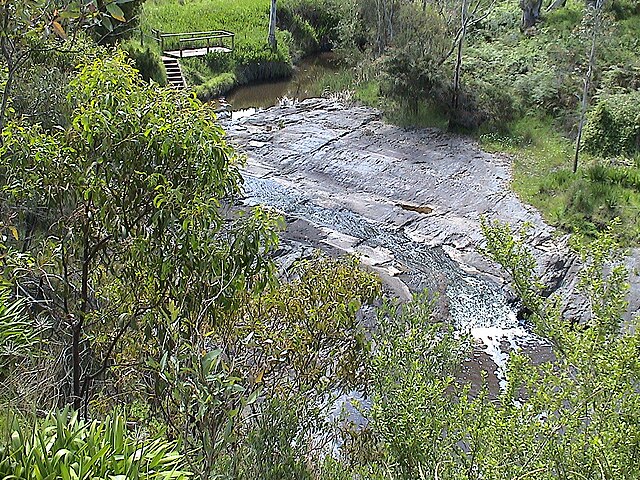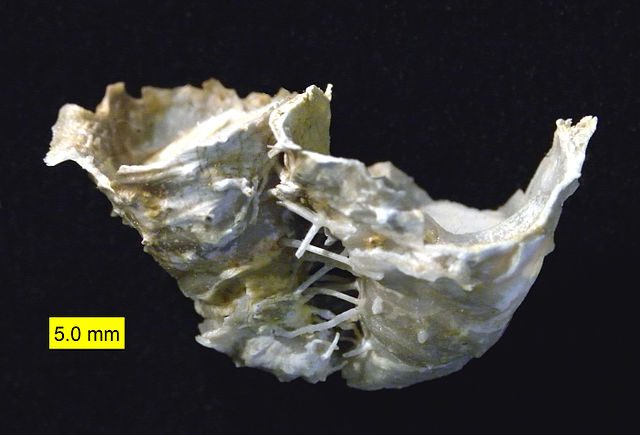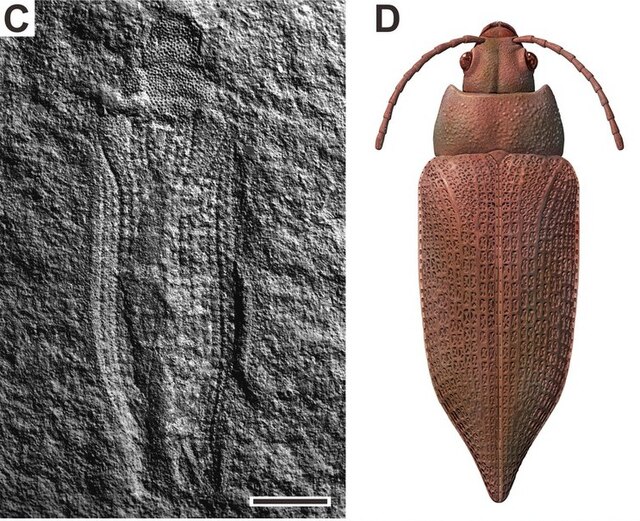The Triassic is a geologic period and system which spans 50.5 million years from the end of the Permian Period 251.902 million years ago (Mya), to the beginning of the Jurassic Period 201.4 Mya. The Triassic is the first and shortest period of the Mesozoic Era. Both the start and end of the period are marked by major extinction events. The Triassic Period is subdivided into three epochs: Early Triassic, Middle Triassic and Late Triassic.
Early Triassic sandstone (Buntsandstein) near Stadtroda, Germany
Middle Triassic Muschelkalk (shell-bearing limestone) near Dörzbach, Germany
Late Triassic Steigerwald Formation and overlying Hassberge Formation in Schönbuch, Germany
Sydney, Australia lies on Triassic shales and sandstones. Almost all of the exposed rocks around Sydney belong to the Triassic Sydney sandstone.
The Permian is a geologic period and stratigraphic system which spans 47 million years from the end of the Carboniferous Period 298.9 million years ago (Mya), to the beginning of the Triassic Period 251.902 Mya. It is the last period of the Paleozoic Era; the following Triassic Period belongs to the Mesozoic Era. The concept of the Permian was introduced in 1841 by geologist Sir Roderick Murchison, who named it after the region of Perm in Russia.
Selwyn Rock, South Australia, an exhumed glacial pavement of Permian age
Hercosestria cribrosa, a reef-forming productid brachiopod (Middle Permian, Glass Mountains, Texas)
Fossil and life restoration of Permocupes sojanensis, a permocupedid beetle from the Middle Permian of Russia
Edaphosaurus pogonias and Platyhystrix – Early Permian, North America and Europe








